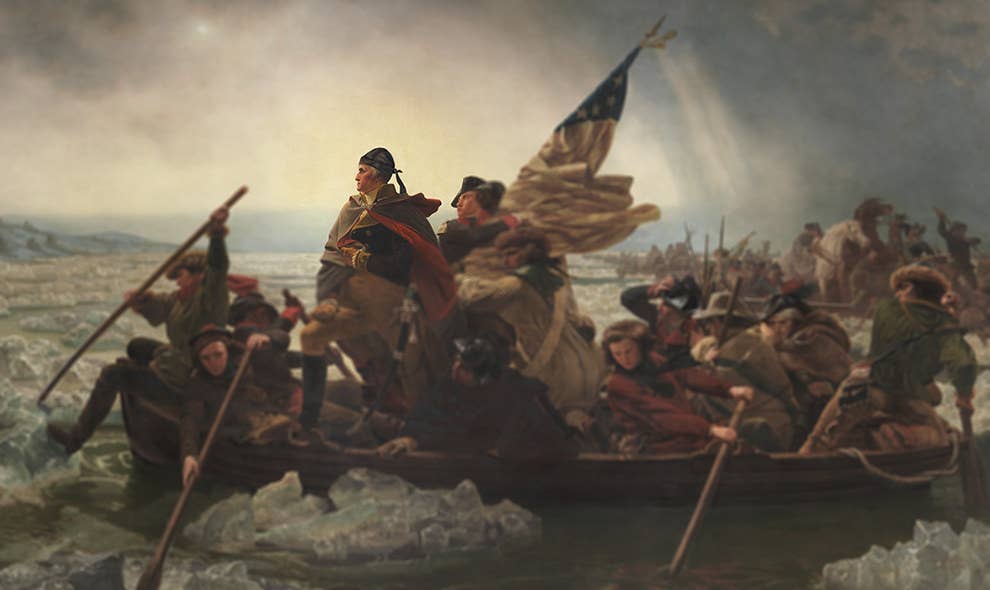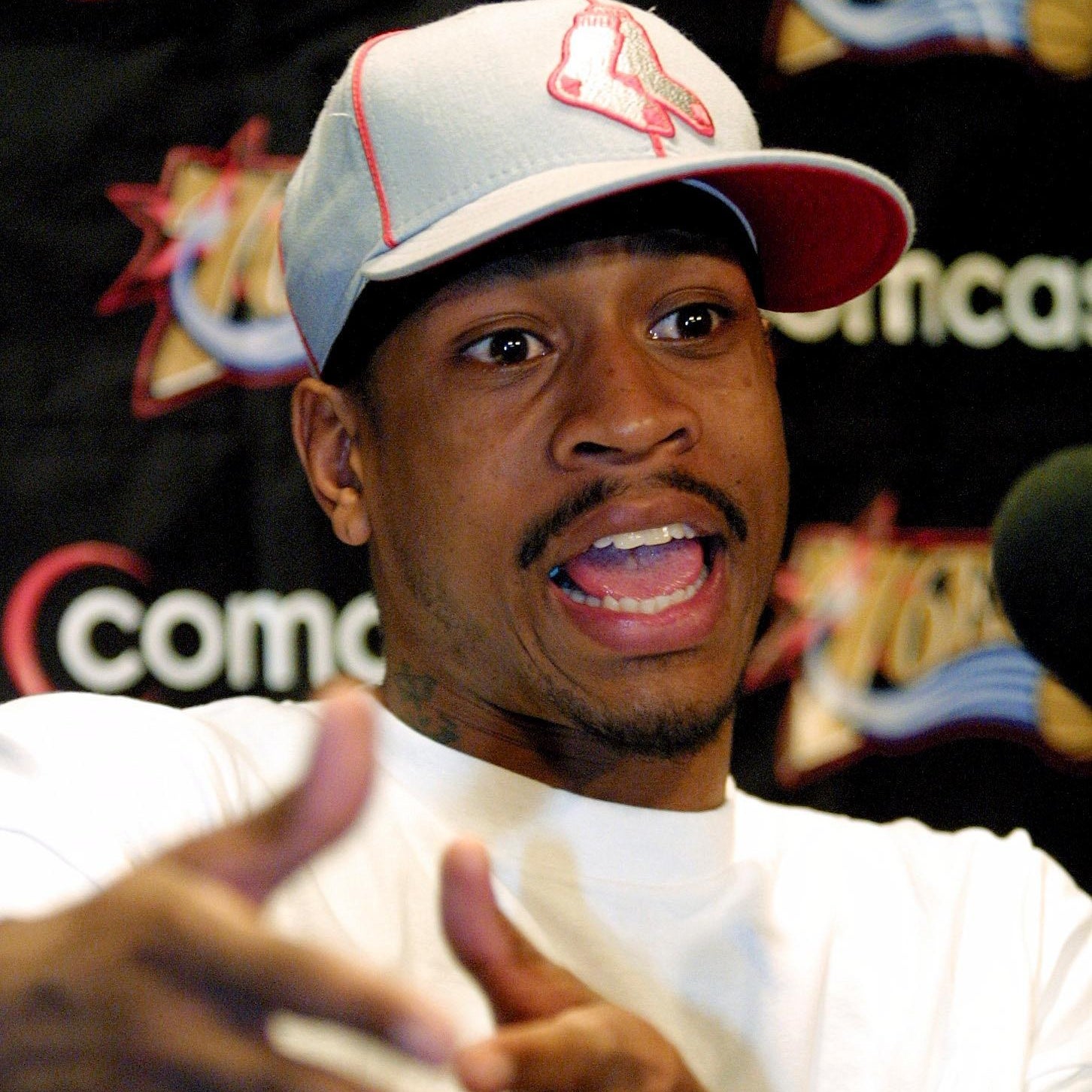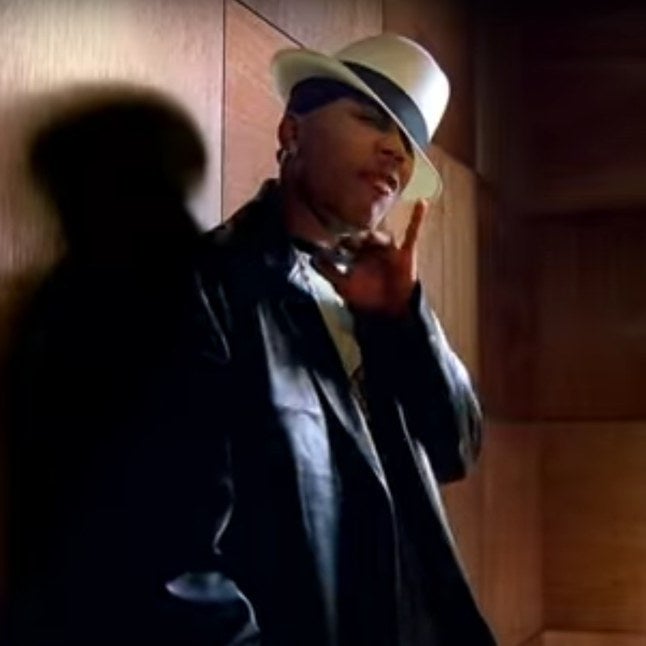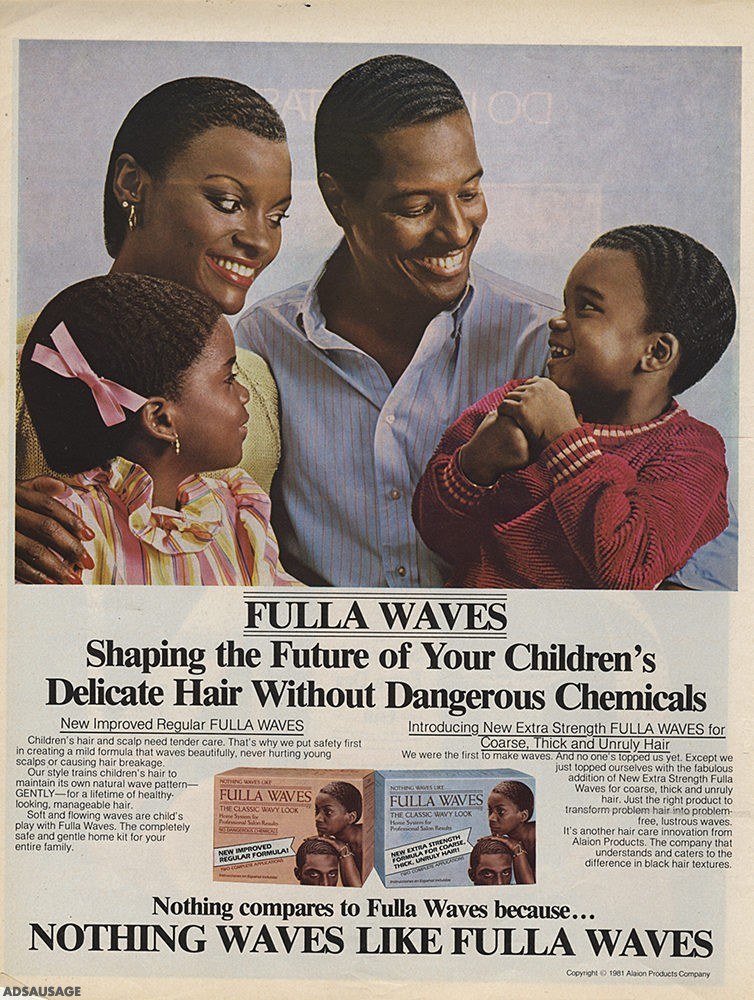
My parents finally caved when I was 14.
I took a detour from our weekly Walmart trip to go to the beauty supply store down the street. I walked through a sea of barrettes, numbered and lettered weaves, and relaxer kits until I got to the back of the store, a tiny oasis of products for black men. There was a soft and hard two-sided brush, a can of Sportin’ Waves pomade, and my holy grail: a silky, steel-gray durag with an extra long cape. Nine dollars for the whole haul, damn well spent. And so began my curious personal history with the durag, in which a cloth and a string ended up being something more.
That was the golden age of durags. Fourteen-year-old me’s favorite song through most of 2003 was “Pimp Juice,” in which Nelly wore a durag under a fedora (an iconic look) and rapped about switching to a waved-up fade while the rest of the industry was still wearing braids. R. Kelly’s “Snake” video, where he wore what is still perhaps the most iconic durag in history in the middle of the desert, hit the charts in ’03. A year before, Allen Iverson gave the “practice” rant in a durag and a fitted hat.
For the greater culture, the durag was not just the narrow pursuit of perfect waves. It was a universal accessory; a symbol of belongingness to hip-hop. It was the cool. What a time to be alive!


But there were rules back then. My parents, like so many black parents, trod the line between teaching their children what they knew was right and teaching them how to survive. For us, the two ain’t exactly the same. Even then, I knew that I should be able to dress as stereotypically as I’d like, but I also felt a drilled-in responsibility to appear respectable for personal and familial safety, social standing, and opportunity. So at first there was no sagging, there were no double negatives at dinnertime, there were no chains or earrings, and there were no durags inside or outside the house.
“But the girls all love Johnny’s waves!” seemed like a damn ironclad pro-durag argument to me at the time. My hair is jet black, dense, kinky, and coiled about as tightly as human hair can be. It is undeniably and totally nappy. It formed somewhat neat rows of curls when I used to cut it, but those didn’t quite add up to the perfect cranial striations, known as 360 waves, that I yearned for.
At least in rural North Carolina, where mixed ancestry was somewhat tied up in social status, that yearning was partly colored by color. Light-skinned brothers had the juice. In my adolescent mind, my hair was a disadvantage to overcome, and unlike them I needed all the tools I could get to achieve 360s. Chief among those tools (in addition to at least 200 brushstrokes a day) was a good collection of durags.

So I spent that nine dollars. I never achieved full 360s status, but I did manage a few waves on the top after almost brushing it bald. I doubt my parents were persuaded by my argument about Johnny’s waves, but they caved in the interest of letting me find my own way. And after they allowed that barrier to fall, others fell too: A fake diamond stud earring from a mall kiosk. Tall tees. A gold link crucifix chain. Velour suits. Durags outside of the house. Camouflage durags. Dollar bill durags.
As a black nerd — and I’m talking memorizing pi digits contests and Yu-Gi-Oh championships–level nerdery — whose life was moving increasingly toward isolation in mostly white spaces, these ridiculous fashions kept me tethered to the thing I loved first: hip-hop. Through my high school’s college-prep track and a move to boarding school, and then again as I dealt with that racial isolation in my professional life, that tether — or rather, durag string — kept me in place.
College was a respite. Morehouse College is, of course, historically black and all-male, and the campus was practically a sea of multicolored durags my freshman year. As I experimented with different hairstyles and the way my own natural hair grew, I embraced and rejected durags in many turns. My hair was a mini-exploration into my own aesthetic identity and feelings about the ubiquitous slipperiness of “respectability.”
My final haircut as a student before graduation — back to an office-appropriate number two taper fade brush cut — was to me a sign that the respite was over. I nestled my brush, a new durag, and that same can of Sportin’ Waves in a box to pack for the next chapter.
“We’re all Jackie Robinson at least once.” I can’t recall who said that to me back in vacation Bible School, but it’s stuck with me ever since. Part of the black experience in America is that so many of us manage to be the first black person to do something. I guess that’s the way the centuries-of-segregation cookie crumbles, but making history can be stressful. Even the Jackie Robinson of baristas at the Starbucks on 14th felt a version of that same pressure.
Isolation is difficult. Being treated like an impostor is spiritually degrading. Sometimes, the little rebellions and embraces of cultural taboo — even if it’s just what’s on your head — are all we have to keep sane.
Sometimes, the little rebellions and embraces of cultural taboo — even if it’s just what’s on your head — are all we have to keep sane.
The stress of isolation followed me through a recent job. I sat in a cubicle in a building where I was one of maybe four black employees. I absorbed micro-aggressions for breakfast, stirred into my morning coffee. I watched chaos erupt in Ferguson one night and sat through a deafening silence of office gentility the next day as the world burned inside me. I managed the isolation with those little rituals and rebellions: jokes with my friends on Twitter, growing my hair out, slipping Jay Z quotes into reports, and coming into the office with durag lines creased into my forehead. These things seem frivolous, but I needed them.
My digital community — Black Twitter — became the home where I expressed my frustration, campaigned for social justice, used my vernacular, and generally blew off steam so I could keep a veneer of “respectability” in my professional life. Black Twitter became my secret life, my breaking activism news source — part support network, part incubator for my own forming thoughts, part comfort food for my spirit.

We took jokes and the wide spectrum of black experiences and turned them into connective tissue. Ordinary things like orange cans of Murray’s, bowls of grits, NBA jeans, and that old hair ritual — the durag — became totems imbued with something more.
When we started the #DuragHistoryWeek trend on Twitter a year ago, just weeks after I sat in my office in tears, these things were in my mind. The meme and the hashtag were jokes, yes, but also a vessel for a greater spirit. Not to read too much into a piece of polyester used for hair management, but I believe that we all felt the need for something fun, celebratory, and undeniably black to enjoy in solidarity. We turned to that symbol for laughs in the face of pain and confusion. We managed to discuss the origins of our culture, respectability, and appropriation, all through the prism of the durag. And hell, we had plenty fun doing it.
I never managed to get 360 waves. My hair is still nappy as hell, and I love it the way it is now. But I’ll always remember hunting for rare durag patterns at flea markets and strip malls and Africana markets like I was browsing ancient bazaars. I’ll always remember struggling with those cans of thick pomade, brushing so hard the bristles fell on the floor, and tying durags so tightly I gave myself migraines.
Our collective memory is made of those things — curiosities turned phenomena — and those connections are what keep us whole. And so the durag, for me, is really about celebrating those connections, reveling and rebelling in joy in all the corners that we can.
